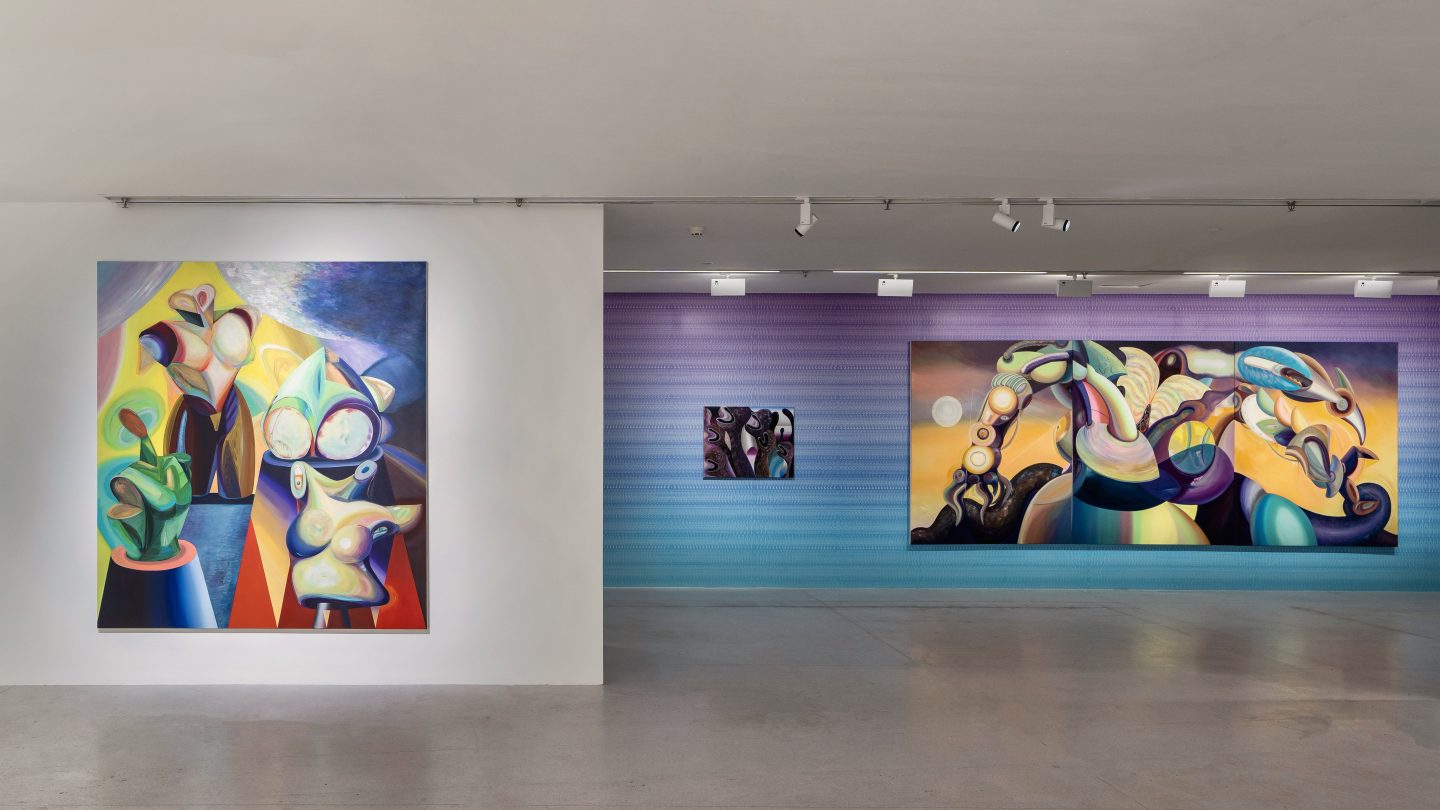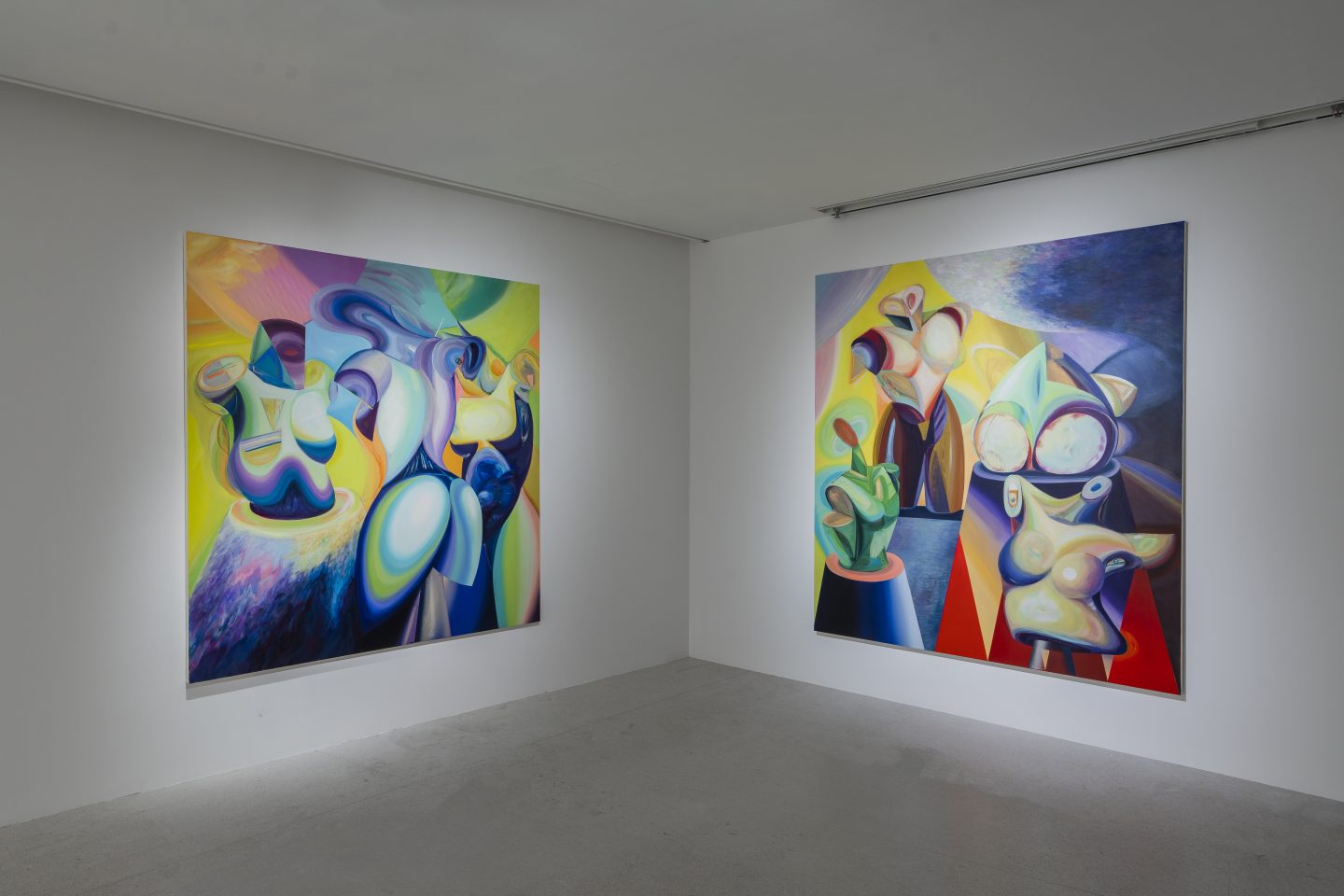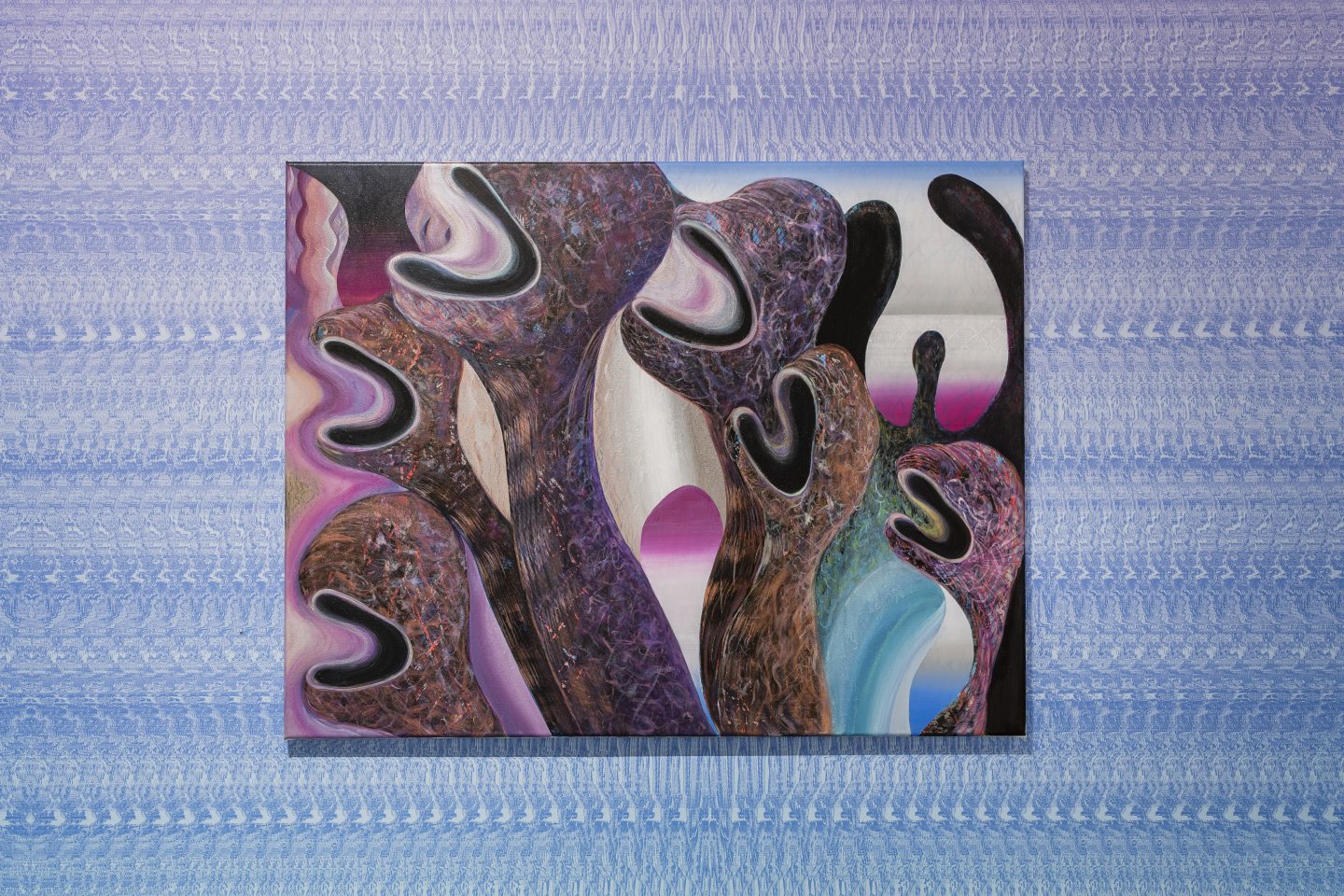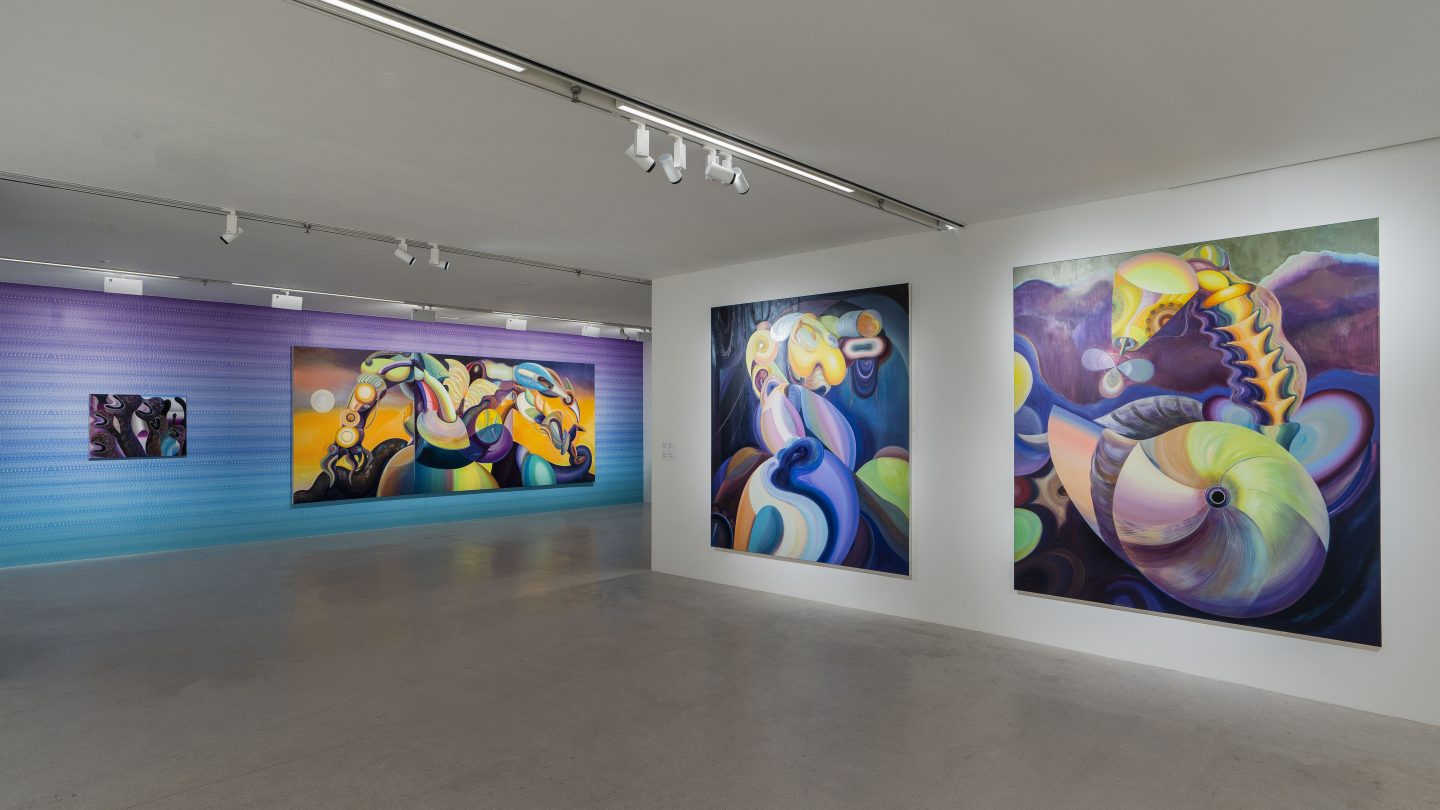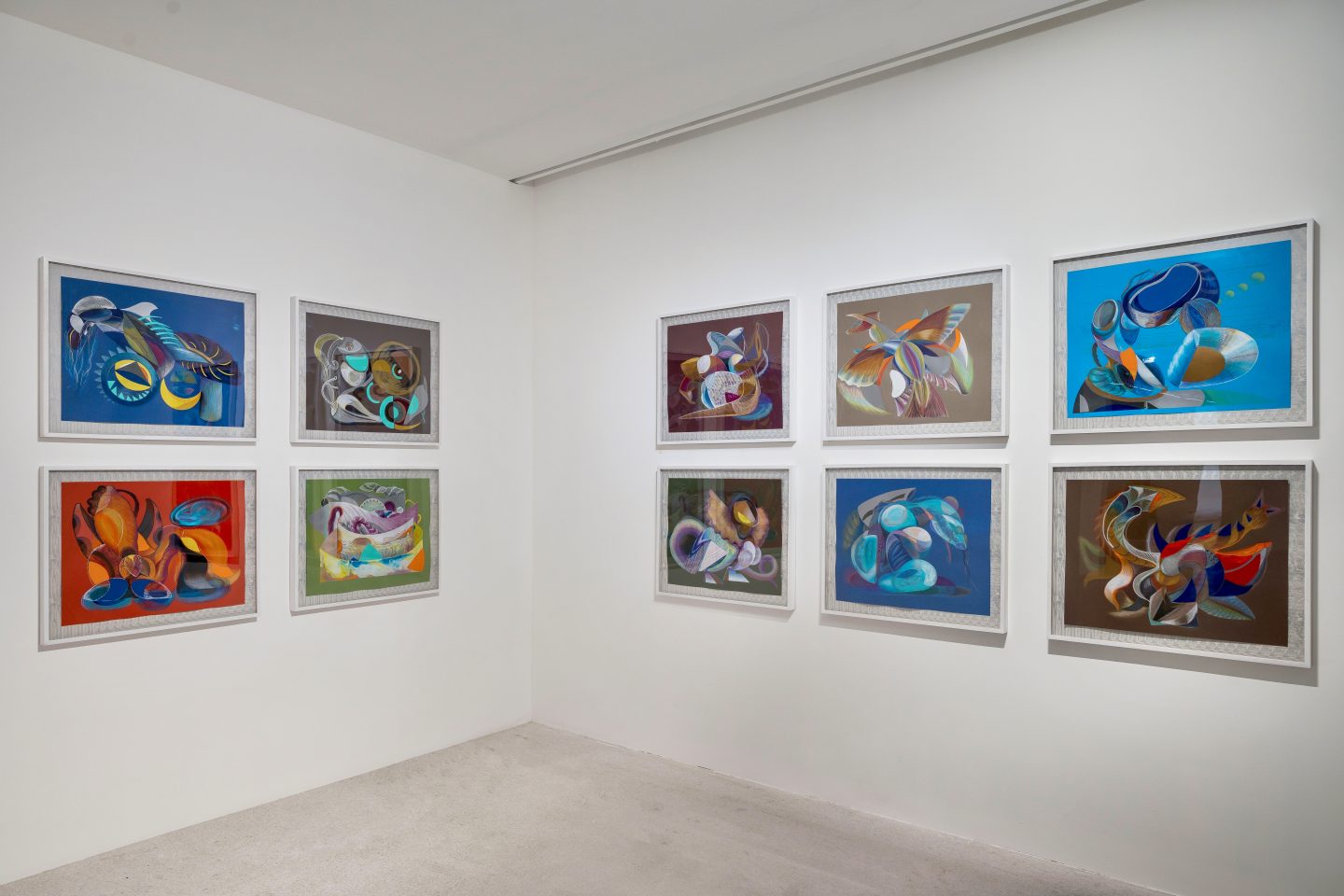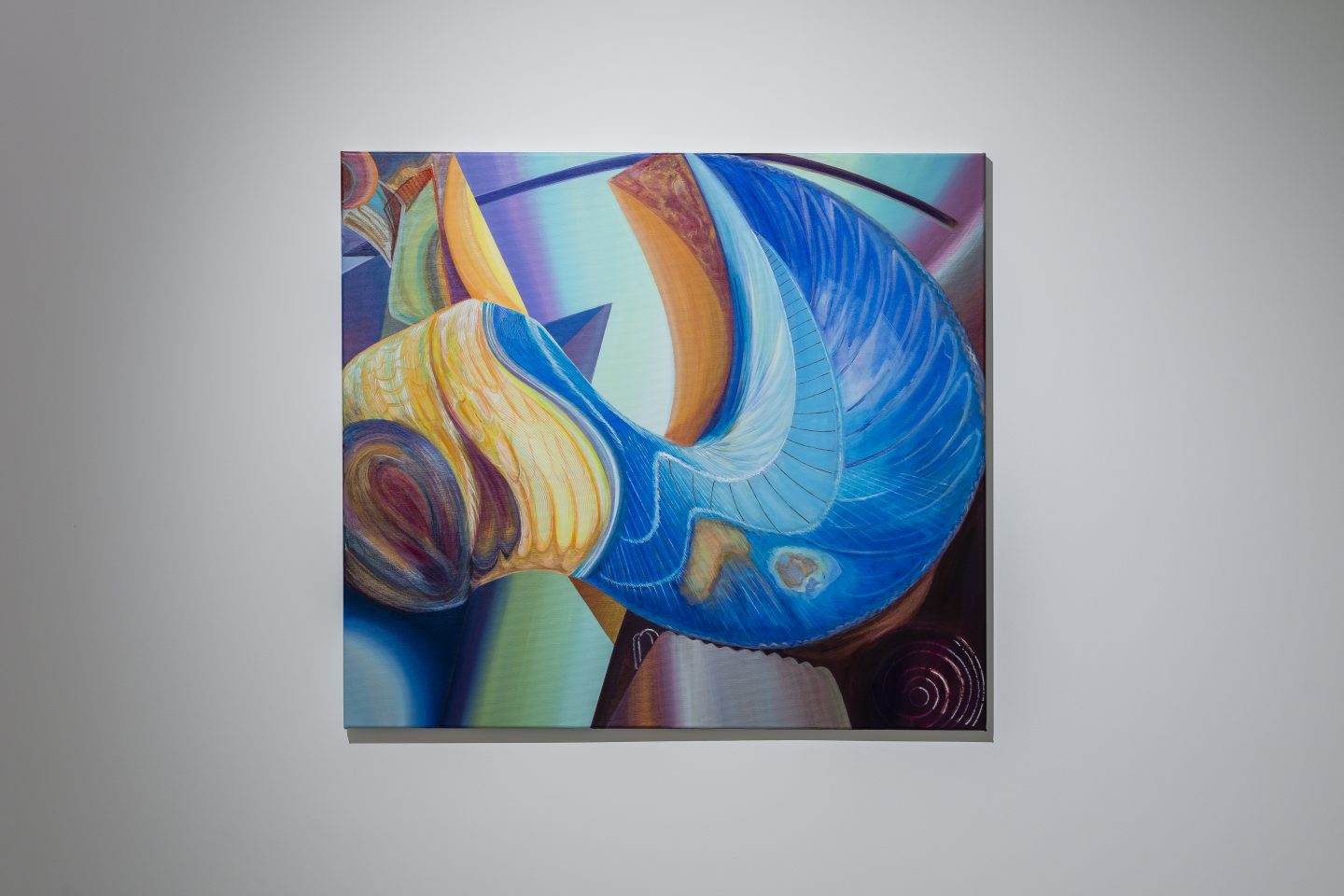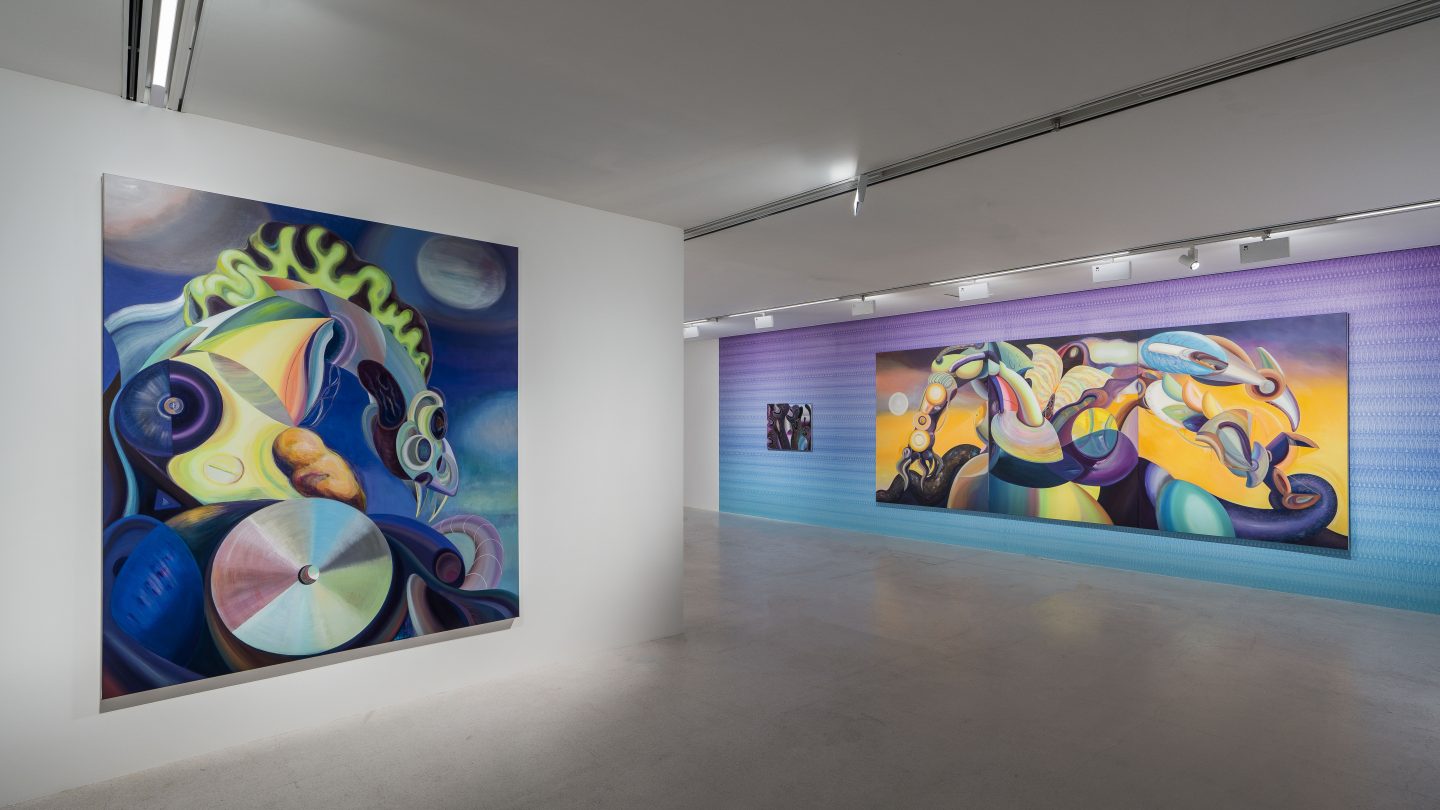
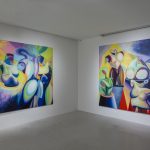
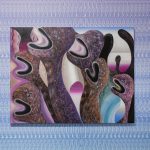
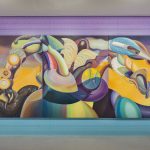
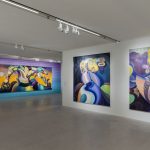



UCCA Edge presents its first exhibition of 2023, “Painting Unsettled.” The group show features the work of eight Chinese-born artists, who draw upon mythology, vernacular culture, psychological explorations, and more to reinvigorate painting in the face of global uncertainty and technological change.
SHANGHAI, China —From March 11 to May 21, 2023, UCCA Edge presents the group exhibition “Painting Unsettled.” Bringing together eight artists from different generations and educational backgrounds, who work with different styles and techniques, the exhibition explores the possibilities offered by painting in the fractured information landscape of the present moment. Participating artists include Han Mengyun (b. 1989, Wuhan), Ce Jian (b. 1984, Shandong province), Li Ran (b. 1986, Hubei province), Yong Xiang Li (b. 1991, Changsha), Qiu Xiaofei (b. 1977, Harbin), Wang Xiaoqu (b. 1987, Guilin), Wang Zhibo (b. 1981, Zhejiang province), and Xie Nanxing (b. 1970, Chongqing). While the notion that photography would lead to painting’s obsolescence has long been disproven, new technologies and social changes are once again destabilizing the medium’s identity and questioning its relevance. In an age of parochial conservatism, incipient deglobalization, AI-generated art, and online echo bubbles, how is painting responding? “Painting Unsettled” presents viewers with an array of potential paths forward. Its artists stage interventions freely drawing upon different historical contexts and traditional techniques from around the world; engage with local contexts through the visual languages of modernity and contemporary life; and dive into their subconscious minds to depict hazy, half-remembered scenes. The exhibition is curated by UCCA Curator Luan Shixuan.
Although all the artists in “Painting Unsettled” were born in China, many of them have lived, studied, or shown extensively overseas, granting an international perspective to their practices. This is especially true for the three artists whose work opens the exhibition on UCCA Edge’s second floor, all of whom are currently based in Europe, and reference myths and traditions from different regions in their pieces. Visitors first encounter paintings inspired by industrial robots by Berlin-based artist Ce Jian. In contrast to the streamlined productivity commonly associated with these mechanical appendages, Jian abstracts them into bulbous, seemingly living bodies, often bathed in yellow highlights and shaded with deep, dark purples. The titles and forms of multiple pieces refer to the half-human half-animal Sphinx and the nine-headed Hydra of Greek mythology. Juxtaposed against wallpaper, the most commercial of art forms, Jian’s paintings at once celebrate hybridity and critique technology and marketization.
The next two artists, Berlin-based Yong Xiang Li and London-based Han Mengyun, both draw upon traditional non-Western art in their pieces, yet respond to the legacy of Orientalism in different ways. Li takes a parodic approach: painting on furniture; swapping artisan-crafted wood for industrial materials that imply contemporary life’s constraints and gender roles; and, in Joy Granter (2019), imitating the appearance of a shrine while making its atmosphere more absurd than solemn. Han, on the other hand, highlights techniques and imagery from the art and handicrafts of South Asia, the Middle East, and elsewhere, proposing a visual conversation in which European art history is still present, but not granted undue prominence. The diptych Death and Folly (2020), for example, depicts flower rubbings centered on a glass bead and skull, mixing symbols of impermanence from Western vanitas painting and Buddhist thangka painting. To borrow art historian David Joselit’s phrasing, in the work of these artists, “painting is beside itself”—engaged with its own materiality but also enmeshed in a cross-cultural network of motifs, crafts, technologies, and images.
On the next floor, Li Ran and Wang Xiaoqu also bring fresh influences into contemporary painting, but focus more directly on Chinese identity. Li Ran’s works take cues from satirical cartoons from 1930s Shanghai and Chinese theater set design from the 1950s onwards. His protagonists strike angular poses within moodily-lit, narrative-filled vignettes and appear to represent both the Chinese intellectuals of a century ago and their present day analogues, suggesting how reflecting on recent history might lead to insights about our own times. Wang also approaches contemporary life in a roundabout manner, taking images of everyday scenes (sometimes sourced online) and warping them into billowing forms that remain recognizable as humorous archetypes. For example, the figures in Galloping Horses (2023) capture the titular image (a symbol of masculinity in classical Chinese painting), while also evoking generic photos of officials on a site visit. By combining traces of classical art with vernacular photography, Wang wittily brings contemporary China onto her canvases.
The tendency to drift between different temporalities, styles, and sources of imagery that is present in many of the aforementioned works is amplified even further by the three artists on the exhibition’s final floor. Xie Nanxing contributes works from his latest series, “Exploiter of Dreams,” in which indistinct forms emerge from behind overlapping color blocks, patterns, or even random blotches of paint. His compositions entice viewers by implying, yet never revealing, discernible symbols and narratives. Wang Zhibo’s pieces are rooted the formal language of portraiture, yet also operate according to an absurdist, dream logic: in the self-portrait Piggy, Homesickness and Toucan (2020), the artist prematurely ages her face and it blends into a swooping line of yellow paint, while elsewhere human bodies boast animal heads. There is an airy, floating feel to Wang’s paintings, as if the scenes she depicts are untethered from time or gravity, a quality complimented by their placement hanging in midair along a corridor. Finally, the exhibition closes with paintings by Qiu Xiaofei featuring houses isolated on snowy mountainsides and within bizarre forests, surrounded by potted plants more suited for a domestic setting. In the woods the cabins morph into human faces, or even an emaciated ribcage. Qiu experiments with materials—painting some works on salvaged wood, others on jute canvas—while his subject matter and titles allude to parallels between Chinese and Soviet history. Within these subconscious landscapes, personal memories and major historical events seep into each other, the boundaries between different spaces and times growing indistinct.
“Painting Unsettled” posits that painting’s durability as a medium is precisely due to its ostensible instability—any new medium that threatens to replace it eventually becomes a new inspiration, shaping its style and subjects, if not necessarily the tools used to make it. As painting becomes a “meta-medium” capable of absorbing techniques from all others, its discourses have entered a new chapter, informed by a growing awareness of non-human subjectivities and intelligences. Gesturing towards these emerging concerns, the eight artists in “Painting Unsettled” mix traditions, high and low culture, and varied techniques and temporalities to break new ground.
